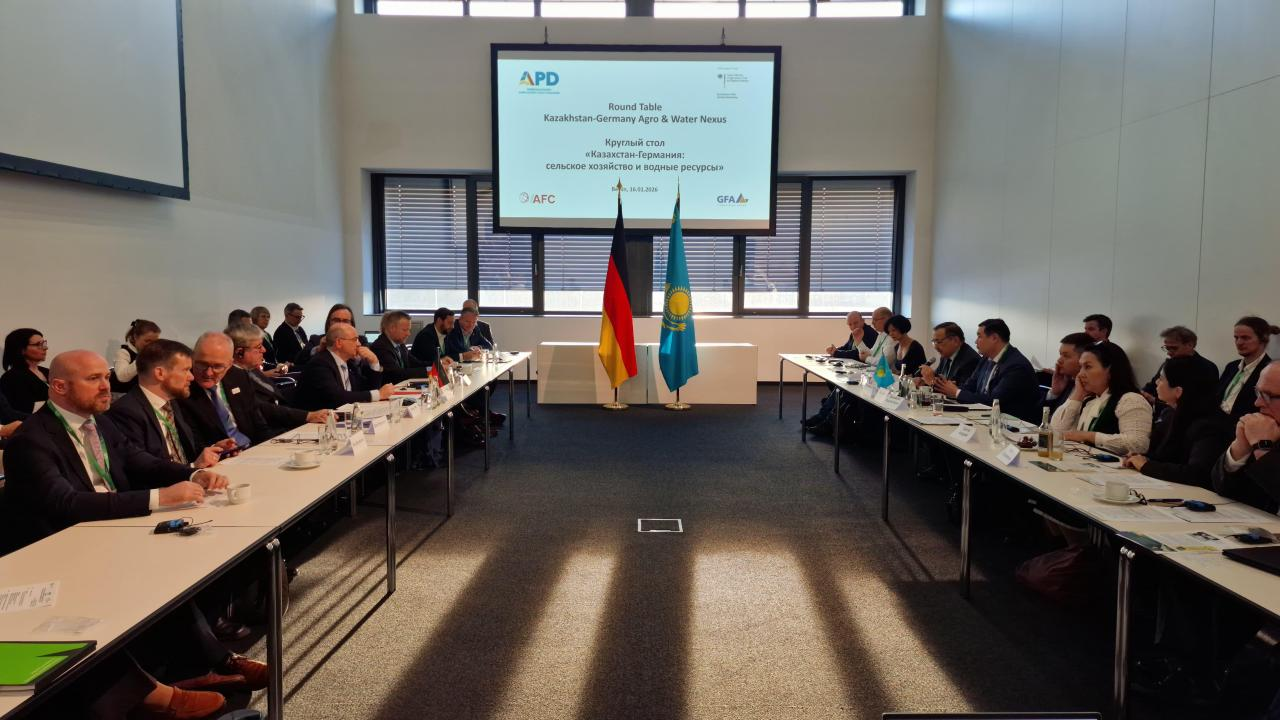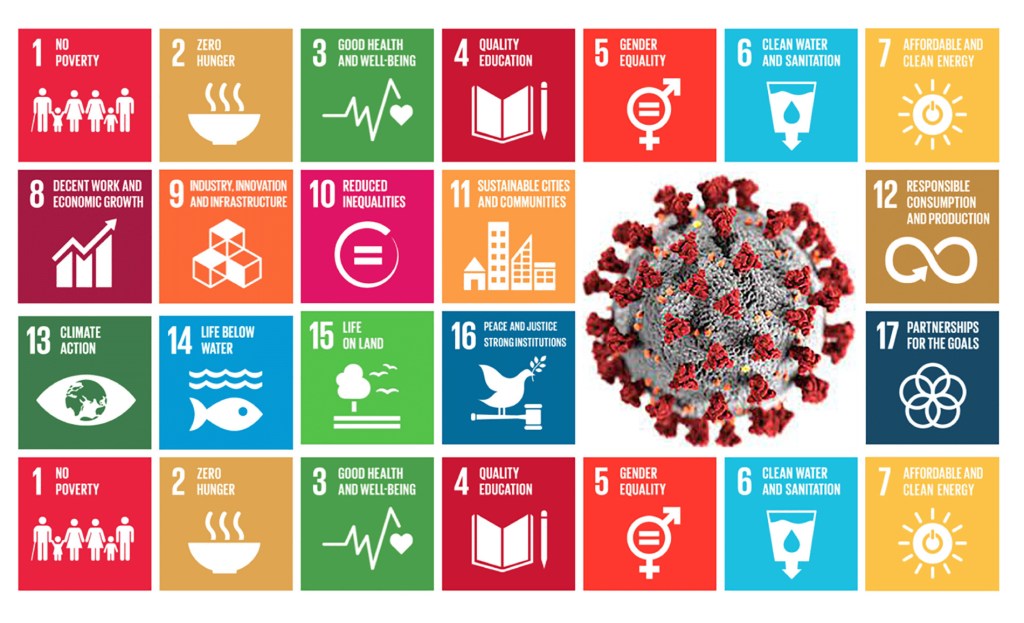Why must the march towards progress necessitate the dislocation and further marginalization of the already vulnerable?

Why must the march towards progress necessitate the dislocation and further marginalization of the already vulnerable?
In the grand tale of human progress, two revolutions stand out for their tremendous effects on society: the Industrial and the Digital. These epochs have not only transformed our lives, but also cast long shadows of disparity, leaving the most vulnerable behind. As we stand on the verge of what many anticipate to be the future of education, it becomes imperative to confront an uncomfortable question: Why must the march towards progress necessitate the dislocation and further marginalization of the already vulnerable?
From Factories to Cyberspace: Echoes of Dislocation
The Industrial Revolution brought with it a seismic shift in societal organization, birthing a world where mass production and factory work defined the new economic landscape. This era transformed education, creating public schooling to serve the needs of an industrialized workforce. Yet, this transformation was double-edged, providing unprecedented access to education for some while embedding systemic barriers for others.
Fast forward to the present, the Digital Revolution has mirrored this trajectory, promising a democratization of knowledge through technology. The internet and digital devices have ostensibly leveled the playing field, offering infinite resources for learning and growth. However, beyond this facade of accessibility, a stark reality exists: the digital divide. For many, particularly in deprived communities, access to these technological marvels remains a pipe dream, compounding educational disparities and marginalizing the poorest and most vulnerable. Now, moving on the theoretical Insights: A Beacon for the Future. Scholars like Goldin & Katz, through their contemplation on the race between technology and education, emphasize a critical juncture in our societal evolution. Their views, along with those of thinkers such as OECD's Andreas Schleicher, highlight the crucial need for an educational paradigm that not only provides students with critical thinking, creativity, and problem-solving abilities, but also assures that these possibilities are universally available. This shift toward a more individualized and egalitarian education system is more than just a pedagogical choice; it is a fundamental ethical obligation.
The Ethical Dilemma: Progress at What Cost?
This time of the Digital Age, we must tackle the questions of ethics that it posed. The question isn't whether technical and educational developments are intrinsically beneficial; they are. The main concern of this development is in their distribution, in who benefits from these developments and who suffers as a result. On the same note, one of the main troubling realities is that, while some students, and I would say educators, thrive in this new digital space, others, who lack access to these advanced tools and crucial support, suffer even greater challenges than before. Therefore, the path forward requires a deliberate and concerted effort to bridge these divides. It suggests government and educational reforms that promote not only technological advancement but also the advancement of all members of society. This includes investing in infrastructure that enables widespread access to digital resources, revising curricula to highlight 21st-century skills, and cultivating an educational climate that recognizes each student's potential.
Conclusion: A Collective Call to Action
The future of education, as we stand on the verge of another upheaval, has enormous promise. However, this promise will only be realized if we acknowledge and address the gaps that technological innovations have the potential to increase. This is not merely just an academic or technological one, but a moral dilemma. We can progress through mindful implementation that does not come at the expense of the most vulnerable amongst us, where the benefits of education and technology are equitably propagated, and where every individual has the opportunity to reach their full potential. This is a call to action for educators, governments, and society as a whole: Let us envision and change the future of education so that it bridges rather than deepens gaps. The time to act is now, because in our pursuit of progress, we cannot afford to leave anyone behind.
What is Your Reaction?
 Like
1
Like
1
 Dislike
0
Dislike
0
 Love
0
Love
0
 Funny
0
Funny
0
 Angry
0
Angry
0
 Sad
0
Sad
0
 Wow
0
Wow
0






















































;Resize=620#)



















